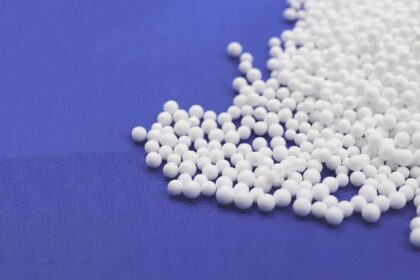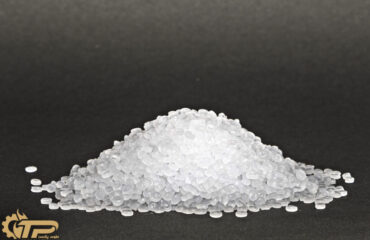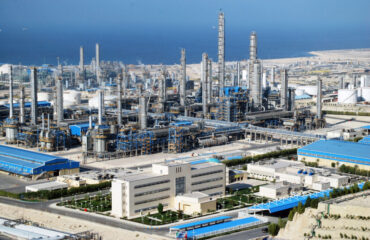The difference between polyethylene and polypropylene

Two types of the most widely used raw materials in the plastic industry are polyethylene and polypropylene. Each of these two materials has unique uses. These two materials are in the category of thermoplastic and semi-crystalline polymers, which are widely used in various industries. Other raw materials are also used in the plastic industry, which are used in low tonnage due to their high cost. In this article, we will examine the difference between polyethylene and polypropylene.
Polyethylene (PE)
Polyethylene is one of the most widely used polymers in the world, which belongs to the polyolefin family and belongs to the thermoplastic category. This material is one of the thermoplastic polymers; In this way, when it reaches the melting point, it turns into a liquid state and when it reaches the freezing point, it turns into a solid state. Polyethylene contains a very simple structure, so that it is simpler than all commercial polymers. A polyethylene molecule is a long chain of carbon atoms with two hydrogen atoms attached to each carbon atom.
polypropylene (pp)
Polypropylene is the second most widely used thermoplastic in various industries, which recently in granulated form can bring more applications in the production of products. Polypropylene (often referred to as PP textile is used to produce cable and wire covers, bottles, cans, etc.Polypropylene), is a special structure of polypropylene polymer that is used in the form of balls (grains) to produce different products in different forms. Takes. known as chemical PP
The difference between polyethylene and polypropylene
- Polypropylene is stiffer than polyethylene and is used more for the production of molded parts.
- The cracking resistance of polypropylene is high, but polyethylene is somewhat elastic and has more flexibility.
- In polypropylene, due to the low rate of crystallization, the presence of nucleating agents will be effective, while in polyethylene, due to the high rate of crystallization, the presence of nucleating agents is less effective. Therefore, it is more possible to produce a transparent product in polypropylene.
- The printability of polypropylene films is more than that of polyethylene, and in polyethylene film, it is only possible if the surface is modified.
- The melting point of polypropylene is higher than polyethylene and they are used in the production of structural plastics and fibers.
- The impact resistance and physical properties of polyethylene are such that it is more stable against cold and is used in the construction of traffic signs. On the other hand, polypropylene has high fatigue resistance and is suitable for making hinges.
- Polyethylene is more resistant to UV light than polypropylene.
- The chemical resistance of polypropylene against organic solvents, acids and electrolytes is much higher than that of polyethylene.
- The static electricity charge of polyethylene is lower than that of polypropylene and it is a good electrical insulator. Therefore, the use of antistatic masterbatch is recommended for polypropylene-based products.
- Polymerization of linear type of polyethylene is difficult and by controlling the conditions, it is possible to produce the final product with high purity. But the polymerization of high purity polypropylene is simpler.
- The use of polyethylene is usually 100% pure, but polypropylene is generally copolymerized with polyethylene. This copolymer is flexible and is used in making synthetic paper. Synthetic paper is tear and water resistant.
The difference between polyethylene and polypropylene in terms of structure
The main difference between these two polymers originates from their monomer units. Polypropylene is made from a mixture of propylene monomers and polyethylene from a mixture of ethylene monomers. The chemical formula of polypropylene is (C3H6)n and polyethylene is (C2H4). The monomer unit of polyethylene and polypropylene can be seen in the following figure:
The difference between polyethylene and polypropylene in terms of physical and mechanical properties
Similarities of polyethylene and polypropylene
Polyethylene and polypropylene have some common properties, such as long life, high quality and flexibility are these features that have made To be used as a widely used polymer raw material in most sectors and industries. Also, both are composed of fibers called olefins, which when combined with other materials, produce oily liquids. Both polymers are recyclable, but the recyclability of polyethylene is better than polypropylene. The signs of polyethylene and polypropylene recycling are as follows:
Conclusion
In order to use all kinds of raw materials, it is better to choose and buy these products by knowing the type of application and desired product, in order to avoid suffering secondary economic losses. In general, although polypropylene granules and polyethylene granules have several physical They are, but they are completely different in terms of nature and usage. PP is more flexible and PE is stronger. PP is also elastic in nature but PE is stable. However, in the end, both plastic products are important and widely used according to their share in the market.


